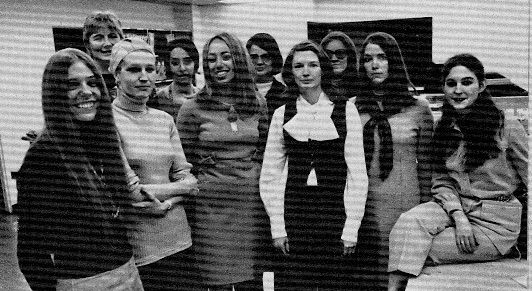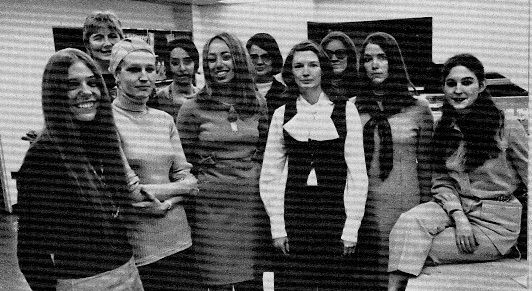Authors:
Historic Era: Era 10: Contemporary United States (1968 to the present)
Historic Theme:
Subject:
June 2020 | Volume 65, Issue 3


Authors:
Historic Era: Era 10: Contemporary United States (1968 to the present)
Historic Theme:
Subject:
June 2020 | Volume 65, Issue 3
In 1967, Time Inc. was the biggest magazine publisher in the world, and highly profitable. Its founder, Henry Luce, was still alive.
Straight out of graduate school, I went to work as a researcher for Fortune Magazine, one of the most prestigious of the four magazines in the Time, Inc. empire, which included Time, Life and Sports Illustrated. Fortune had been founded shortly before the Depression as a celebration of American capitalism, energy, and enterprise by the best writers and photographers that money could buy. Among the early contributors were the poet Archibald MacLeish, the great photographer Margaret Bourke-White, economist John Kenneth Galbraith, and writer James Agee, who toured the South with photographer Walker Evans for a story that became the basis for his classic book Let Us Now Praise Famous Men.

Fortune was a monthly, and we had a mandate to do whatever it took to get the story, without regard for the travel and expense involved. One Fortune researcher told me that when she flew to Stockholm in the early 1970's she noticed a large American flag flying outside the building where she had an interview.
“Hum, Henry Kissinger must be in town,” she thought. When she entered the building she discovered that the flag was flying for her.
A two-person team of writer and researcher had two months on every story. This usually included a month of reporting and research, two weeks of writing and additional reporting, and two weeks of fact-checking, editing, and re-writing. After a story was finished we researchers were usually given a few additional days to “clean up,” a task that included writing thank-you notes to our most important sources.
All that time gave us an opportunity to dig deep, to get beyond the first level of a story, and often uncover a more complex truth. It was no accident that years later, it was a Fortune writer – Bethany McLean – who first exposed the accounting shell game known as Enron.
The clout and cachet of